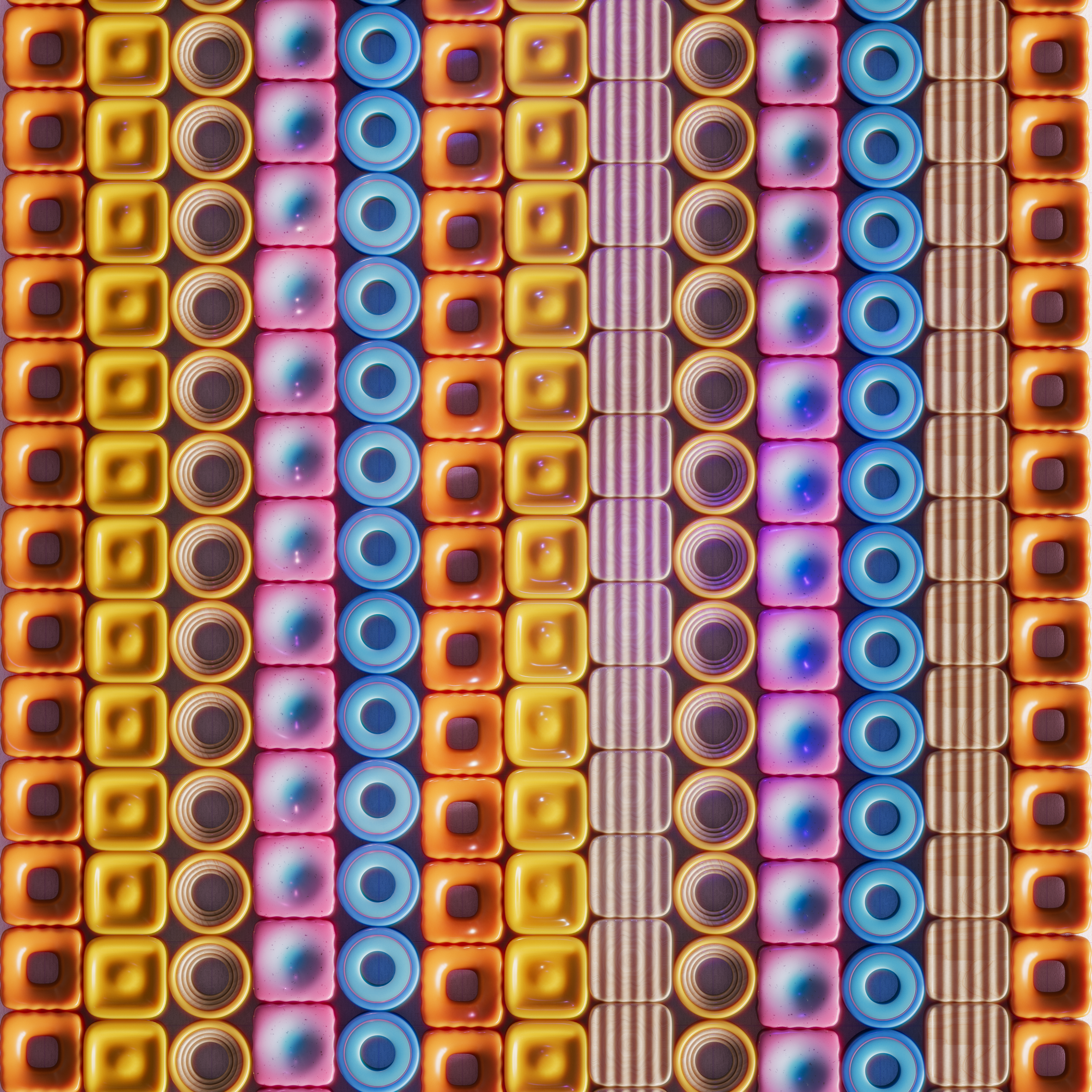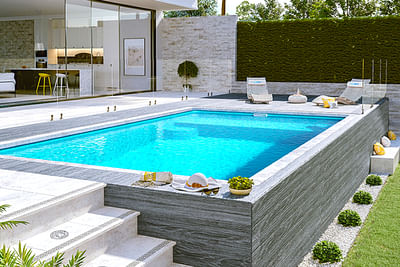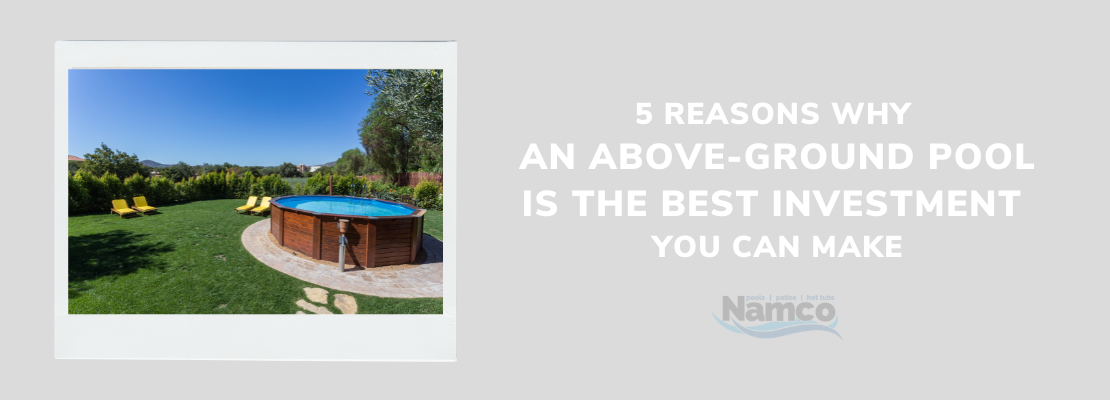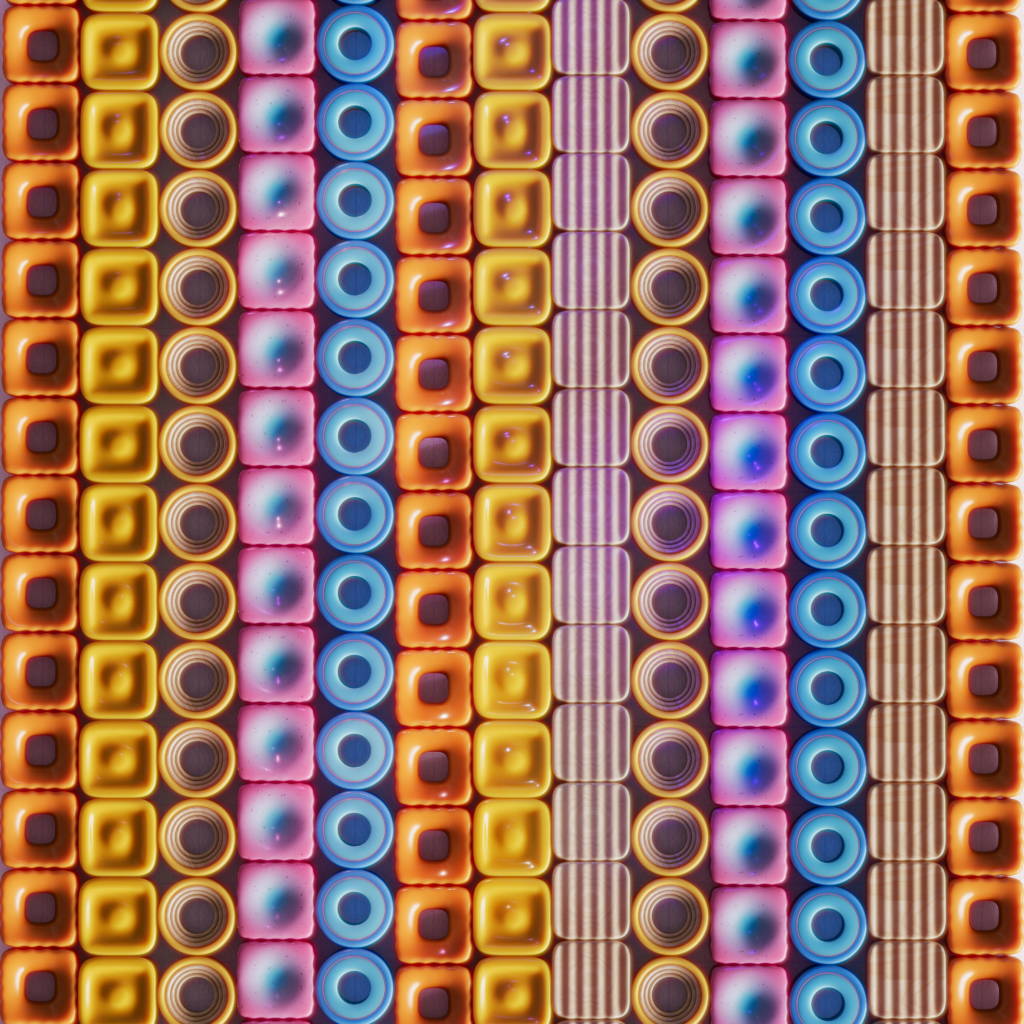If you’re a proud owner of an above ground pool, you may be wondering how to efficiently keep the water warm without breaking the bank. Striking the perfect balance between comfort and affordability can be a challenge, but fear not, as we are here to guide you through the maze of pool heating options. In this article, we’ll explore different methods that will help you heat your above ground pool while keeping your wallet happy. Whether you prefer solar blankets, heat pumps, or solar panels, we’ve got you covered with cost-effective solutions that will have you spending more time enjoying your pool and less time worrying about your energy bill.
Solar Covers
What is a solar cover?
A solar cover, also known as a solar blanket, is a durable and heat-retaining cover made specifically for above ground pools. This cover is constructed from a high-quality, UV-resistant material that is designed to trap heat from the sun and use it to warm your pool water. It resembles a large sheet or blanket that floats on the surface of the water, covering the entire pool.
How does a solar cover work?
The solar cover acts as a barrier between your pool water and the outside environment. It is made with air pockets that help to absorb and retain the heat from the sun. When the cover is placed on the pool, it creates a greenhouse effect, trapping the heat and preventing it from escaping. The cover also prevents heat loss due to evaporation, effectively reducing the amount of heat your pool loses during the day and night.
Advantages of using a solar cover
Using a solar cover for your above ground pool offers numerous advantages. Firstly, it is a cost-effective way to heat your pool as it harnesses the power of the sun to warm the water. This means that you can enjoy a comfortably heated pool without the need for expensive gas or electric heaters. Additionally, a solar cover helps to maintain the water temperature, allowing you to extend your swimming season and enjoy your pool for longer periods.
Another advantage of using a solar cover is its ability to reduce water evaporation. By covering the pool’s surface, it minimizes the amount of water that evaporates, saving you both time and money on refilling your pool. Furthermore, a solar cover also helps in retaining chemicals, reducing the need for frequent chemical adjustments and saving you additional costs.
Disadvantages of using a solar cover
While solar covers offer many benefits, there are also some disadvantages to consider. One of the main drawbacks is the manual labor involved in removing and replacing the cover each time you want to use the pool. Solar covers can be large and bulky, making it challenging to handle. Additionally, they may require a storage space when not in use, adding to the overall maintenance of your pool area.
Another limitation of solar covers is their effectiveness. They rely solely on the sun’s energy to heat the pool water, which means they are most effective in regions with plenty of sunshine. In cloudy or overcast areas, the pool water may not reach the desired temperature using a solar cover alone. It’s important to factor in your climate and the availability of sunlight before relying solely on a solar cover as your primary heating method.
Solar Rings
What are solar rings?
Solar rings, also known as solar sun rings, are circular floating devices designed to capture and convert solar energy into heat for your above ground pool. These rings are typically made of a durable, UV-resistant material and feature a unique design that allows them to absorb sunlight effectively. They resemble large, inflatable donuts that float on the pool’s surface.
How do solar rings work?
Solar rings work by capturing the sun’s heat and transferring it to the pool water. Each ring is filled with air and contains a clear, top layer that allows sunlight to penetrate and heat the water. The bottom layer of the ring is constructed with a dark material that absorbs the heat and transfers it to the water below. As the rings float on the surface, they create a barrier that minimizes heat loss through evaporation.
Advantages of using solar rings
Using solar rings for your above ground pool offers several advantages. Firstly, they are an affordable heating option compared to other traditional heating methods. Solar rings utilize natural sunlight to heat the water, eliminating the need for electricity or fuel consumption. This means you can enjoy the benefits of a warmed pool without the high energy costs.
Another advantage is the simplicity of the solar ring system. They are easy to install and use, requiring minimal effort and maintenance. The rings can be quickly placed on the water, and when not in use, they can be easily stacked and stored. Additionally, solar rings are lightweight and portable, allowing you to take them with you if you decide to relocate your pool.
Disadvantages of using solar rings
While solar rings offer a cost-effective and convenient heating option, there are also some disadvantages to consider. One limitation is their reliance on sunlight. In regions with limited exposure to the sun, such as during winter or in shaded areas, solar rings may be less effective in heating the pool water. It’s important to evaluate your climate and the amount of sunlight your pool receives before relying solely on solar rings.
Another disadvantage is their coverage area. Solar rings may not provide consistent heating throughout the entire pool, as their effectiveness is concentrated where the rings are placed. This means that certain areas of the pool may not reach the desired temperature. However, combining multiple solar rings or using them in conjunction with other heating methods can help mitigate this issue.
This image is property of images.pexels.com.
Liquid Solar Covers
What are liquid solar covers?
Liquid solar covers, also known as solar pool blankets or solar liquid pool covers, are a unique alternative to traditional physical covers. Unlike solar covers or rings, liquid solar covers are not tangible objects that you place on the water’s surface. Instead, they come in the form of a liquid chemical that is added directly to your pool water, creating an invisible barrier that helps to retain heat.
How do liquid solar covers work?
Liquid solar covers work by forming a thin layer on the surface of your pool water. When the liquid is poured into the pool, it spreads rapidly and evenly, creating an invisible barrier that reduces evaporation. This layer helps to minimize heat loss by preventing the water’s thermal energy from escaping into the air. The liquid cover also acts as an insulator, trapping heat and retaining warmth in the pool.
Advantages of using liquid solar covers
Using liquid solar covers for your above ground pool offers several advantages. One major advantage is the ease of use. Unlike physical covers, liquid solar covers require no manual labor or storage space. You simply pour the liquid into your pool, and it immediately goes to work. This makes liquid solar covers a convenient and hassle-free option for pool owners.
Another benefit is their effectiveness. Liquid solar covers provide a uniform layer on the pool’s surface, minimizing the evaporation of water and heat loss. They are particularly efficient in reducing water evaporation, which not only helps to conserve water but also saves you money on refilling your pool. Additionally, liquid solar covers are compatible with other heating methods, allowing you to combine them for maximum efficiency.
Disadvantages of using liquid solar covers
Although liquid solar covers offer several advantages, they also have some limitations to consider. One disadvantage is that they need to be consistently added to the pool to maintain their effectiveness. The liquid cover will gradually dissipate over time, and you will need to replenish it regularly. This can become an ongoing expense and may require more frequent monitoring of your pool’s water chemistry.
Another limitation is the reliance on good water circulation. For liquid solar covers to work efficiently, it is crucial to have a well-functioning pool circulation system. If your pool’s water circulation is poor, the liquid cover may not spread evenly across the surface, affecting its ability to retain heat effectively. Therefore, it is important to ensure that your pool’s circulation system is in good working order before using liquid solar covers.
Pool Heat Pumps
What is a pool heat pump?
A pool heat pump is an energy-efficient heating system designed to warm your above ground pool by utilizing the outside air’s heat. It works similarly to a conventional air conditioner in reverse. Unlike other heating methods that generate heat, a heat pump transfers heat from the air to the pool water, providing a cost-effective and eco-friendly heating solution.
How does a pool heat pump work?
A pool heat pump operates by extracting heat from the outside air and transferring it to the pool water through a refrigeration cycle. The process begins when the heat pump’s fan draws in warm air from the surrounding environment. The air passes over an evaporator coil that contains a refrigerant. As the warm air interacts with the refrigerant, it causes the refrigerant to evaporate, absorbing heat energy.
The refrigerant vapor then passes through a compressor, where it is compressed, causing its temperature to rise even further. The hot, pressurized gas travels through a condenser coil, releasing its heat into the pool water circulating through the heat exchanger. As the heat is transferred to the pool water, the refrigerant condenses back into a liquid and returns to the evaporator coil to begin the cycle again.
Advantages of using a pool heat pump
Using a pool heat pump offers various advantages. Firstly, it is an energy-efficient heating method. Heat pumps utilize the natural heat in the air, making them more energy-efficient than gas or electric heaters. They can provide up to five units of heat for every unit of electricity used, resulting in lower energy costs and reduced environmental impact.
Another advantage is the consistent and reliable heating provided by heat pumps. They can maintain a stable water temperature, allowing you to enjoy your pool comfortably throughout the swimming season. Additionally, pool heat pumps are designed to be durable and long-lasting, requiring minimal maintenance and providing reliable heating for many years.
Disadvantages of using a pool heat pump
Despite their many advantages, pool heat pumps also have some disadvantages to consider. One limitation is their initial cost. Pool heat pumps tend to have a higher upfront cost compared to other heating methods, such as gas heaters. However, it’s important to consider the long-term savings on energy bills, as well as the extended lifespan of heat pumps, which can outweigh the initial investment.
Another factor to consider is the dependence on outside air temperature. Heat pumps rely on warm air to extract heat from, which means they may be less effective in colder climates or during winter months. In regions with extremely low temperatures, a pool heat pump may struggle to provide sufficient heating. It’s essential to evaluate your climate and consider additional heating methods for colder periods if necessary.
This image is property of images.pexels.com.
Gas Pool Heaters
What is a gas pool heater?
A gas pool heater is a traditional and effective method of heating an above ground pool using natural gas or propane. It operates by burning fuel and transferring the generated heat to the pool water using a combustion process. Gas pool heaters are known for their fast and efficient heating capabilities, making them a popular choice for pool owners.
How does a gas pool heater work?
A gas pool heater works by igniting a burner or multiple burners, typically fueled by natural gas or propane. The burners generate a flame that heats up the metal combustion chamber. As water passes through the heated chamber, it absorbs the heat, increasing the temperature of the pool water. The heated water is then circulated back into the pool, raising its overall temperature.
To maintain optimum heating efficiency, gas pool heaters have a control system that monitors the water temperature and adjusts the burner flame accordingly. This ensures that the pool water remains at the desired temperature. Gas pool heaters can heat the pool water quickly, allowing you to enjoy a warm swim in a short amount of time.
Advantages of using a gas pool heater
Using a gas pool heater offers several advantages. Firstly, gas heaters provide fast and effective heating. They can quickly raise the temperature of the pool water, allowing you to enjoy your pool on short notice or during colder periods. Gas heaters are especially beneficial if you have sporadic usage patterns or if you want to heat your pool intermittently.
Another advantage is their versatility. Gas pool heaters are compatible with various pool sizes and can provide consistent heating regardless of the pool’s volume. They are also efficient in any climate and can handle fluctuating outdoor temperatures effectively. Additionally, gas heaters do not rely on sunlight or air temperature, making them a reliable heating option regardless of the weather conditions.
Disadvantages of using a gas pool heater
Despite their efficiency, gas pool heaters have some disadvantages to consider. One main limitation is their higher operating costs compared to other heating methods. Gas heaters require the continuous consumption of natural gas or propane, resulting in higher energy bills. However, advancements in technology have made gas heaters more energy-efficient than older models, reducing their overall operating costs.
Another factor to consider is the environmental impact of gas pool heaters. They produce greenhouse gas emissions, contributing to carbon emissions and air pollution. If sustainability is a priority, exploring alternative heating methods with lower environmental impacts may be more suitable. Additionally, gas heaters require regular maintenance to ensure optimal performance and efficiency, which can add to the overall cost of ownership.
Wood-burning Pool Heaters
What is a wood-burning pool heater?
A wood-burning pool heater, also known as a wood-fired pool heater or boiler, is an alternative heating method that uses wood as its primary fuel source. These heaters are typically installed outside of the pool area and resemble a small shed or container that houses the heating mechanism. Wood-burning pool heaters offer a more traditional and eco-friendly approach to heating your above ground pool.
How does a wood-burning pool heater work?
A wood-burning pool heater operates by burning wood logs or pellets to produce heat. The heater consists of a firebox where the wood is burned, and a water reservoir or heat exchanger that surrounds the firebox. As the wood burns, it releases heat that is transferred to the water in the reservoir or heat exchanger. The heated water is then pumped into the pool, raising its temperature.
Wood-burning pool heaters require regular loading of wood logs or pellets to maintain the fire and continue producing heat. Some models may also have additional storage options for storing larger quantities of wood for convenience. The efficiency and heating capability of wood-burning pool heaters can vary depending on the design and insulation of the unit.
Advantages of using a wood-burning pool heater
Using a wood-burning pool heater offers several advantages. Firstly, it provides an environmentally friendly heating option. Wood is a renewable energy source, and burning it for heat does not contribute to carbon emissions or air pollution. This makes wood-burning pool heaters a more sustainable choice for pool owners concerned about their environmental impact.
Another advantage is the potential cost savings. Wood is a relatively inexpensive fuel source compared to gas or electricity. By utilizing wood as the primary fuel, you can significantly reduce your energy costs, particularly if you have a readily available supply of wood logs or pellets. This makes wood-burning pool heaters an attractive option for those looking for affordable heating solutions.
Disadvantages of using a wood-burning pool heater
While wood-burning pool heaters offer certain benefits, they also have some limitations. One main drawback is the labor-intensive nature of operating a wood-burning heater. Loading and maintaining the fire requires regular attention and physical effort. You need to ensure a constant supply of wood, monitor the heater’s performance, and periodically remove ashes and debris.
Another factor to consider is the heating efficiency of wood-burning pool heaters. Depending on the design and insulation of the unit, the efficiency can vary, meaning that some heat may escape before fully transferring to the pool water. It’s essential to choose a well-insulated and properly sized heater to maximize its efficiency and heating capacity. Additionally, wood-burning heaters may not be suitable for all climates or locations with restrictions on wood burning.
This image is property of images.pexels.com.
Electric Resistance Heaters
What is an electric resistance heater?
An electric resistance heater, also known as an electric pool heater, is a heating system that uses electricity to warm your above ground pool. Electric resistance heaters work by passing an electric current through a resistance element, such as a heating coil, which converts the electrical energy into heat energy. These heaters offer a straightforward and efficient way to heat your pool water.
How does an electric resistance heater work?
An electric resistance heater operates by drawing electricity from a power source, usually your home’s electrical grid. The electricity is sent to a heating element, typically a coil or an electric heat exchanger, which becomes heated when the electrical current passes through it. As pool water flows over or through the heated element, it absorbs the heat, raising the water’s temperature.
Electric resistance heaters feature a control system that monitors and maintains the desired temperature of the pool water. This ensures that the heating element is activated or deactivated as needed to maintain a consistent water temperature. Electric heaters are known for their ability to provide precise temperature control, allowing you to enjoy customized pool water temperatures.
Advantages of using an electric resistance heater
Using an electric resistance heater offers several advantages. Firstly, electric heaters are highly efficient and provide rapid heating. They can quickly raise the pool water temperature, allowing you to enjoy warm water whenever desired. Additionally, electric heaters offer precise temperature control, allowing you to set and maintain the water temperature at your preferred level.
Another advantage is the compact and convenient design of electric resistance heaters. They are typically compact, making them easy to install and integrate into your existing pool system. Electric heaters also require minimal maintenance, as there are no fuel lines or combustion processes involved. This makes them a low-maintenance and hassle-free heating option for above ground pool owners.
Disadvantages of using an electric resistance heater
Despite their efficiency, electric resistance heaters have some disadvantages to consider. One main limitation is the higher operating costs compared to other heating methods. Electric heaters consume a significant amount of electricity, resulting in higher energy bills. However, advancements in technology have made electric heaters more energy efficient, reducing their operating costs compared to older models.
Another factor to consider is the dependence on a reliable power supply. Electric heaters rely on access to electricity to function properly. If there is a power outage or an interruption in the electrical supply, the heater will not be able to heat your pool water. Additionally, electric heaters may not be suitable for larger pools or colder climates, as they may struggle to provide sufficient heating capacity.
Heat Exchangers
What is a heat exchanger?
A heat exchanger is a device used in conjunction with other heating systems, such as boilers or solar collectors, to transfer heat from one fluid to another without direct contact. Heat exchangers are commonly used in pool heating applications as they allow the transfer of heat from a primary heating source to the pool water, providing efficient and effective heating.
How does a heat exchanger work?
A heat exchanger works by utilizing two separate fluid circuits: the primary circuit and the secondary circuit. The primary circuit contains the primary heating source, such as a boiler or solar collector, while the secondary circuit contains the pool water that needs to be heated. The primary and secondary circuits are separated by a heat conducting wall.
The primary heating source heats the fluid in the primary circuit, usually water or a special heat transfer fluid. This hot fluid passes through the heat exchanger, transferring its heat to the secondary circuit without direct contact. The pool water flows through the secondary circuit on the other side of the heat conducting wall and absorbs the heat from the primary circuit before returning to the pool, raising its temperature.
Advantages of using a heat exchanger
Using a heat exchanger for pool heating offers several advantages. Firstly, heat exchangers allow you to utilize various primary heating sources, such as boilers or solar collectors. This provides flexibility and the ability to choose the most suitable and efficient heating method for your pool. Heat exchangers can be easily integrated into existing heating systems or retrofitted for compatibility.
Another advantage is the efficiency of heat exchangers. They provide excellent heat transfer capabilities, allowing the primary heating source to effectively warm the pool water. Heat exchangers can operate at high efficiency levels, maximizing the use of the available heat energy. Additionally, heat exchangers are durable and require minimal maintenance, making them a reliable and long-lasting heating option.
Disadvantages of using a heat exchanger
While heat exchangers offer several advantages, they also have some limitations to consider. One main disadvantage is the dependency on a primary heating source. Heat exchangers require a reliable primary heating system, such as a boiler or solar collectors, to supply the heat energy. If the primary heating source fails or is unavailable, the heat exchanger will not be able to heat the pool water.
Another factor to consider is the initial installation cost of a heat exchanger. Depending on the size and complexity of the system, heat exchangers can have higher upfront costs compared to other heating methods. However, it’s important to consider the long-term efficiency and cost savings provided by heat exchangers, as they can offset the initial investment over time.
Solar Water Heaters
What is a solar water heater?
A solar water heater is a type of solar thermal system that utilizes the sun’s energy to heat water. Solar water heaters are commonly used for domestic hot water systems, but they can also be used for pool heating purposes. They consist of solar collectors, storage tanks, and circulating pumps that work together to capture and convert solar energy into usable heat.
How does a solar water heater work?
A solar water heater works by collecting sunlight through solar collectors, which are typically positioned on a roof or an area with optimal sun exposure. The collectors contain tubes or panels that absorb the sun’s heat and transfer it to a fluid, usually water or a glycol solution. As the fluid absorbs the heat, it becomes hot and circulates through the system.
The heated fluid is then pumped through a heat exchanger where it transfers its heat energy to the pool water. The pool water flows through the heat exchanger, absorbing the heat from the fluid, and returns to the pool, raising its temperature. The solar water heater system is designed to circulate the fluid and pool water continuously, ensuring efficient heat transfer and consistent pool heating.
Advantages of using a solar water heater
Using a solar water heater for pool heating offers numerous advantages. Firstly, solar water heaters are a sustainable and eco-friendly heating option. They utilize clean and renewable solar energy, reducing reliance on fossil fuels and minimizing carbon emissions. By harnessing the sun’s energy, solar water heaters provide a greener heating solution for environmentally conscious pool owners.
Another advantage is the potential for energy and cost savings. Solar water heaters rely on free solar energy, eliminating the need for electricity or fuel consumption. They can significantly reduce your pool heating costs, particularly in regions with ample sunlight. Although solar water heaters have upfront installation costs, the long-term savings on energy bills can make them a cost-effective choice.
Disadvantages of using a solar water heater
While solar water heaters offer many benefits, they also have some disadvantages to consider. One limitation is their dependence on sunlight. Solar water heaters are most effective in regions with consistent and ample sunlight. In areas with frequent cloud cover or limited sun exposure, the heating efficiency of solar water heaters may be reduced. It’s essential to evaluate your climate and consider additional heating methods for less sunny periods.
Another factor to consider is the initial installation cost of a solar water heater. Solar water heaters typically require an initial investment in the equipment and installation. However, it’s important to consider the long-term energy savings and potential incentives or rebates offered for solar installations. Additionally, solar water heaters may require more space for installation, especially if you opt for larger solar collectors.
Black Hose Method
What is the black hose method?
The black hose method, also known as the garden hose method, is a simple and low-cost approach to heating an above ground pool. It involves using a dark-colored garden hose, typically black, to absorb sunlight and transfer heat to the pool water. This method is a DIY solution and does not require any special equipment or complex installation.
How does the black hose method work?
The black hose method works by placing a dark-colored garden hose in direct sunlight and connecting it to the pool’s water circulation system. The hose absorbs the sun’s heat, warming the water as it flows through it. The heated water is then circulated back into the pool, gradually raising its overall temperature. The longer the hose is exposed to sunlight, the more heat it can generate.
To maximize heating efficiency, the hose can be coiled or laid out in a strategic pattern to increase its exposure to the sun’s rays. It is important to ensure that the hose is not obstructed or tangled to facilitate unimpeded water flow. Additionally, using a pool pump or filtration system to circulate the water through the hose can help distribute the heat evenly throughout the pool.
Advantages of the black hose method
The black hose method offers several advantages, especially for those on a tight budget. Firstly, it is an incredibly low-cost heating option. A garden hose is readily available and relatively inexpensive, making it an affordable choice for pool owners seeking a simple and budget-friendly heating solution. Additionally, the black hose method requires no complex installations or additional equipment.
Another advantage is the simplicity and ease of use. The black hose method does not require any technical expertise or maintenance. Once the hose is connected to the pool’s water circulation system, it can be left in place to heat the pool water continuously. This simplicity makes it a convenient and hassle-free heating option, particularly for temporary or smaller pools.
Disadvantages of the black hose method
While the black hose method offers a low-cost and straightforward heating solution, it also has some limitations. One main drawback is the dependence on sunlight. The effectiveness of the black hose method relies heavily on direct exposure to the sun’s rays. Cloudy or overcast days, as well as shaded areas, may hinder the heating potential of the hose. It’s important to consider your climate and the availability of sunlight before relying solely on the black hose method.
Another limitation is the relatively slow heating process compared to other heating methods. The black hose method requires time for the sun’s heat to transfer to the pool water through the hose. This means that the pool water may take longer to reach the desired temperature, especially in large or deep pools. However, combining the black hose method with other heating solutions can help enhance its effectiveness.








